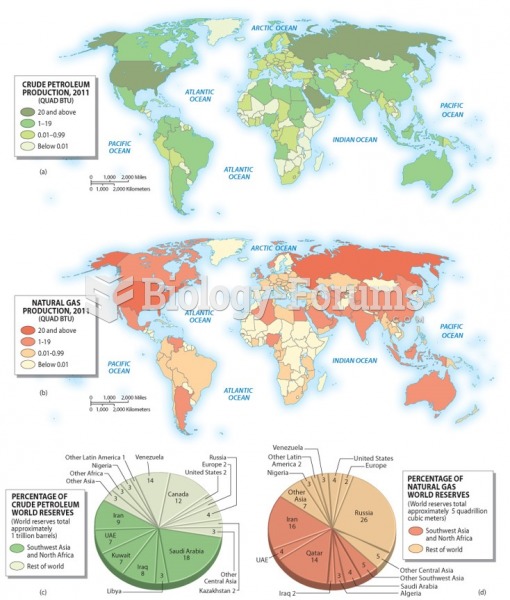Question 1
The stock market crash triggered a depression because:
A) almost all Americans owned stocks.
B) stock prices were used to set interest rates.
C) businessmen and the well-to-do lost confidence in the economy.
D) rising prices put most consumer goods out of reach of the middle class.
Question 2
How did joblessness affect families?
A) The traditional authority of the male breadwinner eroded.
B) Women and men shared housework equally.
C) Child labor increased dramatically.
D) Women lost their jobs and became full-time homemakers.
Question 3
The most powerful sign of a deepening depression in the early 1930s was:
A) rising unemployment.
B) inflation.
C) government welfare.
D) soup kitchens.
Question 4
Which of the following statements BEST explains the origins of the Great Depression?
A) International bankers carefully planned the Great Depression in order to buy devalued and cheap stocks to make a profit from later.
B) Government bureaucrats tinkering with the free-market system systematically unbalanced capitalism and caused it to wreck.
C) Overproduction of goods, banking failures, and a runaway stock market created a perfect storm.
D) The stock market itself, and the way that people could buy stocks on the margin, was the single cause of the crash that led to the Depression.
Question 5
President Hoover's support for the Reconstruction Finance Corporation
A) demonstrated his lack of concern for the struggling nation.
B) had little effect because it never invested enough to save all the banks that needed saving.
C) evidenced even a mild conservative's hesitancy to involve the government in the economy.
D) was solely a result of his desire not to work with a Democratic Congress.
Question 6
The greatest problem the U.S. economy faced in the 1920s was:
A) a weak farm sector.
B) overproduction.
C) an unprofitable banking sector.
D) unequal distribution of wealth.







